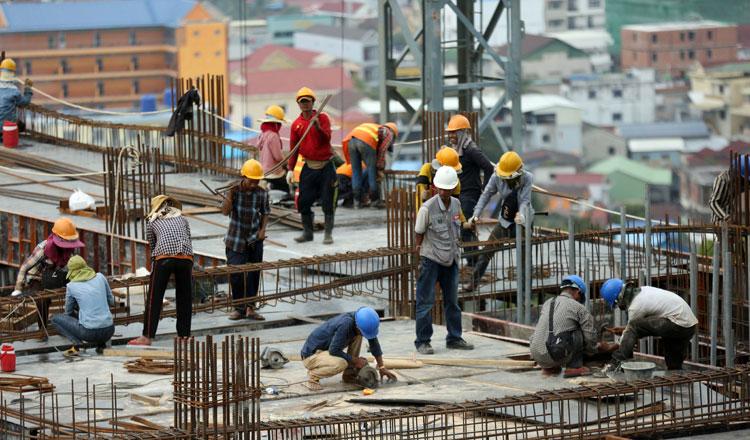Can Age be a Factor in Jobsite Safety?

Milano Engineering offers full-service construction capabilities through
All phases of development, from feasibility to commissioning.

When it comes to jobsite safety, most people tend to focus on the physical hazards present on the job, such as falling debris or heavy machinery. However, age can also be a significant factor in determining the level of safety on a jobsite. The truth is, as we age, our bodies go through a lot of changes that can affect our ability to perform certain tasks, and this can have a significant impact on our safety on the job.
First, as we age, our bodies begin to lose muscle mass, strength, and flexibility. This can make it more difficult for older workers to perform tasks that require heavy lifting, bending, or twisting. This, in turn, can increase the risk of injury on the job. Additionally, older workers may also have a harder time balancing and maintaining their footing. Which can make them more susceptible to slips, trips, and falls.
Another factor that needs to be considered is the age-related changes in vision, hearing, and cognitive abilities. As we age, our eyesight and hearing may deteriorate, which can make it more difficult to detect hazards on the job. Our cognitive abilities may also decline, which can affect our ability to make quick decisions and react to unexpected situations. This can put older workers at a higher risk of accidents and injuries.
Despite these challenges, it is important to note that age should not be viewed as a barrier to employment. With the right accommodations and support, older workers can continue to be valuable members of the workforce. Employers should consider providing additional training and support for older workers. Also making adjustments to the workplace to accommodate their physical and cognitive limitations. This can include providing assistive devices, modifying work schedules, or making changes to the physical layout of the workplace.
While age can certainly be a factor in jobsite safety, it’s important to note that younger workers also come with their own set of safety concerns.
One major concern with younger workers is their lack of experience. Younger workers may not have the same level of knowledge and expertise as older workers. Which increases their risk of accidents and injuries. They may not be familiar with the hazards present on the job, or may not know how to properly use equipment or tools. This can make them more susceptible to accidents, especially when working with heavy machinery or working at heights.
Another concern with younger workers is their tendency to take risks. Younger workers may be more likely to engage in risky behaviors. Such as working too fast or cutting corners to get the job done. This can put them at a higher risk of accidents and injuries. Employers should be aware of this tendency. They should provide training and guidance to help younger workers understand the importance of taking appropriate safety precautions.
In addition, younger workers may be more likely to suffer from work-related musculoskeletal disorders due to lack of physical activity and improper posture, as well as mental health issues such as stress, burnout, and anxiety due to high workloads and pressure.
It’s important to note that both older and younger workers have their own unique safety concerns, and employers should take appropriate measures to address these concerns to ensure a safe working environment for all employees. This can include providing training and support for both older and younger workers, as well as making adjustments to the workplace to accommodate their physical and cognitive limitations.